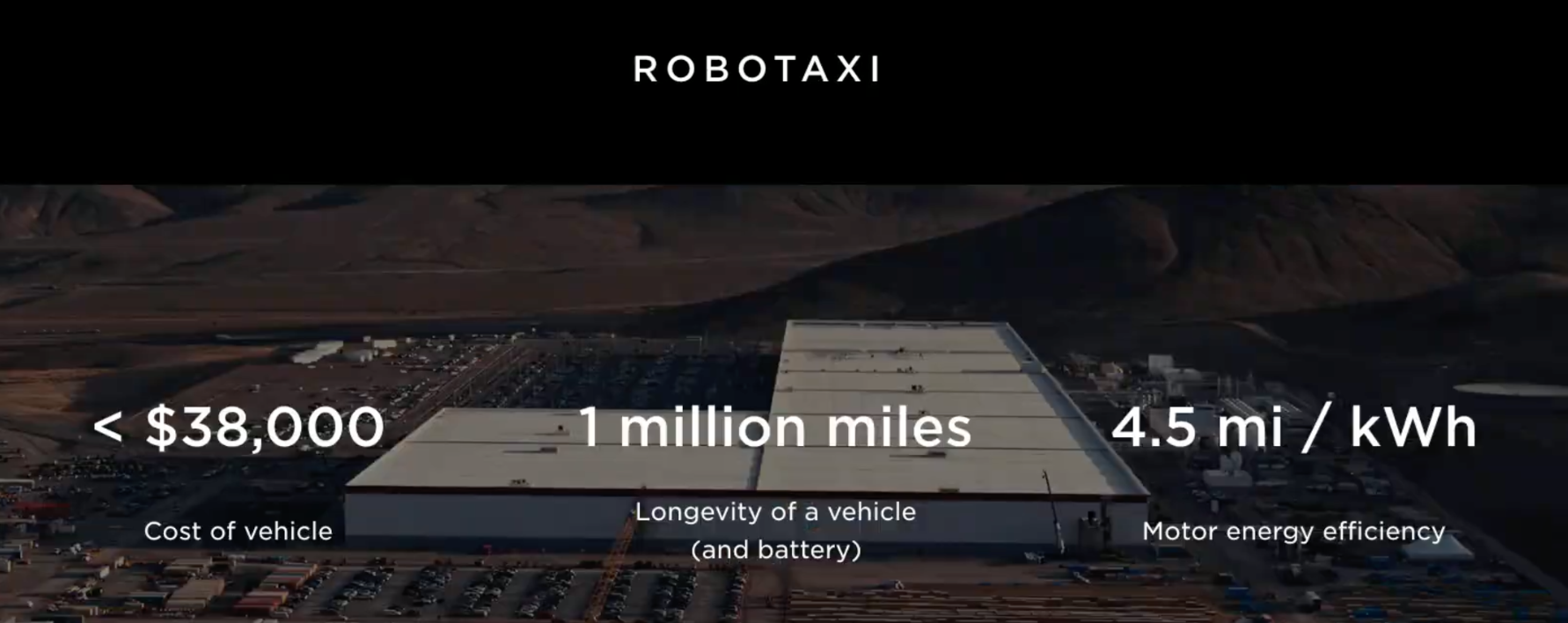Support CleanTechnica’s work through a Substack subscription or on Stripe.
Venture activity also surges, but regulatory and integration challenges threaten timely scale-up.
Demand for copper is projected to reach unprecedented levels, as copper is a key component of the energy transition. As the world races to electrify several sectors, including transport, as well as expand the adoption of renewables, coupled with new demand for electricity infrastructure to integrate new requirements from large-scale data centres, as well as increasing access to the grid, demand for copper is surging. The International Energy Agency (IEA) captures the status quo quite well in its Global Critical Minerals Outlook 2025.
The IEA’s report says global refined copper demand (excluding direct-use scrap) was almost 27 million tonnes (Mt) in 2024 and could grow to reach almost 33 Mt in 2035 and 37 Mt in 2050. The report adds that, based on the pipeline of existing and announced copper mining projects, there could be a 30% supply deficit by 2035. Looking at the sectors that will drive demand, the IEA report says construction and electricity networks will remain the largest sources of copper demand, while EVs are the fastest-growing source of demand. Demand from EVs will increase sevenfold from 2% of global copper demand in 2024 to 10% in 2050. The report adds that demand from industrial machinery and equipment will almost double in the same time to reach over 15% of demand. This will be driven by an increase in manufacturing and electrification across the world, while demand from solar, wind, and construction will all increase by around 50% in this period.

The report attributes this supply gap to declining copper ore grades, as the average grade of copper mines has decreased 40% since 1991. Declining grades have also increased capital costs and complexity for expansions and new projects. The current status of the industry, therefore, urgently needs contributions from new innovations to solve some of these problems. A new report from Cleantech Group showcases the urgency and opportunity in copper extraction innovation as the global push for electrification collides with strained supply chains and outdated mining processes. This scenario has also attracted increased interest and activity from venture capital in next-generation copper extraction technologies. As with a lot of sectors right now, structural and adoption barriers — including lengthy permitting, high capital costs, and integration risks — continue to slow progress. Cleantech Group forecasts a 6.5 million metric ton copper supply shortfall by 2030, driven by escalating demand from electric vehicles, renewable energy systems, and grid expansion. Given the previously mentioned declining ore grades and traditional extraction methods under strain, the market is primed for scalable, lower-impact innovation.
“Copper is the cornerstone of the energy transition, but the industry is at risk of being bottlenecked by legacy processes that are slow, costly, and environmentally taxing,” said Diana Rasner, Group Lead at Cleantech Group. “Innovators who can offer faster, cleaner, and more efficient recovery will not only address urgent demand but also meet rising ESG expectations from governments and buyers alike.”
Cleantech Group took a look at this low-impact innovation landscape and came up with a scoring framework that evaluates copper innovators across four metrics. These metrics are: Innovation, Comparative Costs, Potential to Scale, and Ability to Execute. Several startups are already making waves:
- PH7 Technologies (Vancouver, BC) earned the highest overall score in our analysis. Its closed-loop, non-toxic electrochemical process enables multi-metal recovery with minimal environmental impact. It is already revenue-generating in the platinum group metals space and gearing up for mining demonstrations.
- Endolith (Boulder, CO) enhances copper recovery from existing heap leach systems through industrial microbiology, enhancing natural processes which already exist. Its modular, plug-and-play model requires minimal infrastructure changes and aligns with ESG objectives.
To address this demand in a sustainable manner, it is important that solutions must be both faster and cleaner. Cleantech Group notes that it is encouraging to see that technologies offering accelerated copper recovery, and more importantly, reduced water/chemical use and decreased waste management, are drawing investment and pilot success. Whilst pilot success is great, field validation in actual mines will be a critical milestone, but the ultimate test will be when these initiatives are scaled to industrial capacity. Ultimately, innovations that don’t solve real environmental or resource constraints won’t gain investor or industry traction. Those that do — and can scale efficiently — are therefore best positioned to win support from governments and private market alike.
“Even the most promising technologies face long lead times due to permitting hurdles, integration complexity, and high capital requirements,” said Buff López, Associate, Materials & Chemicals at Cleantech Group. “That’s why partnerships with incumbents, real-world validation, and government-backed incentives are critical.”
As venture funding grows to support a case with clear growing demand, though, many startups still lack revenue and scalable deployment strategies, according research from Cleantech Group. This further amplifies the need for more successful pilot case studies, and quick payback periods for the projects to unlock offtake.
Cleantech Group adds that governments and industry alike are reframing copper as a strategic resource. Trade policy shifts, traceability mandates, and national stockpiles are accelerating interest in domestic, sustainable supply options.
“Innovation in copper extraction isn’t a luxury—it’s an imperative,” added Rasner. “The next five years will determine which technologies break through—and which companies define the future of mining.”
It’s great to see all these initiatives around innovation to unlock a more sustainable copper industry. Over the years, there has been a lot of FUD around mining and extraction of materials required for the energy industry transition. Funny enough, a lot of this FUD goes on to ignore the drilling and refining of oil for fossil fueled industry. Looking at electric vehicles, for example, several studies already show that they are cleaner over the total lifecycle compared with ICE vehicles. As more renewables get integrated into energy systems around the world, EVs and supporting ecosystems will keep getting cleaner and cleaner. Even for applications that power traditional systems, it would be good to see more innovation going into improving efficiencies and reducing overall negative environmental impact. In an era where reducing operational costs is critical, financing and scaling new innovations will be crucial.
Sign up for CleanTechnica’s Weekly Substack for Zach and Scott’s in-depth analyses and high level summaries, sign up for our daily newsletter, and follow us on Google News!
Have a tip for CleanTechnica? Want to advertise? Want to suggest a guest for our CleanTech Talk podcast? Contact us here.
Sign up for our daily newsletter for 15 new cleantech stories a day. Or sign up for our weekly one on top stories of the week if daily is too frequent.
CleanTechnica uses affiliate links. See our policy here.
CleanTechnica’s Comment Policy




